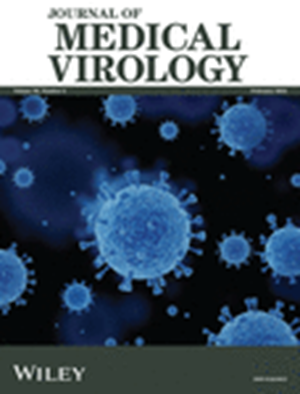Animal Models for Long COVID: Current Advances, Limitations, and Future Directions
Abstract
Long COVID (LC) represents a chronic, systemic, and often disabling condition that poses a significant ongoing threat to public health. Foundational scientific studies are needed to unravel the underlying mechanisms, with the ultimate goal of developing effective preventative and therapeutic strategies. Therefore, there is an urgent demand for animal models that can accurately replicate the clinical features of LC. This review integrates clinical epidemiological data to summarize the pathological changes in extrapulmonary systems involved in LC. Additionally, it critically examines the capacity of existing animal models, including nonhuman primates, genetically modified mice, and Syrian hamsters, to exhibit enduring postinfection symptoms that align with human clinical manifestations, and identifies key areas requiring further development. The objective is to offer insights that will aid in the development of next-generation animal models, thereby accelerating our understanding of how acute respiratory viral infections transition into chronic conditions, and ensuring preparedness for future pandemics.

 求助内容:
求助内容: 应助结果提醒方式:
应助结果提醒方式:


